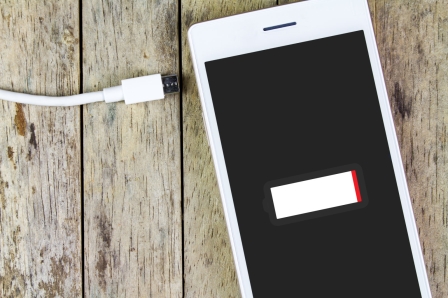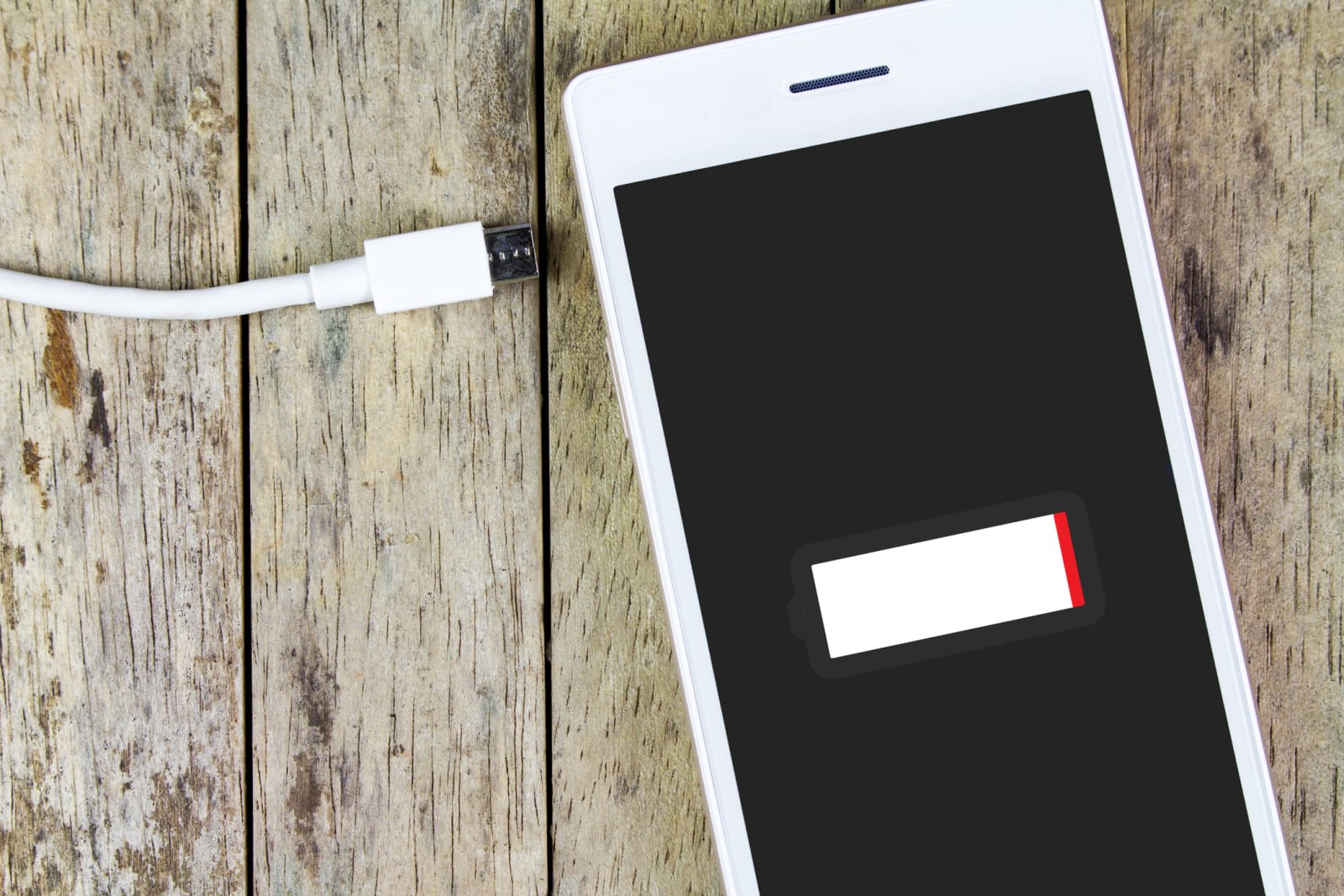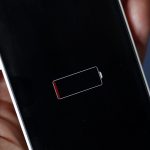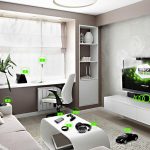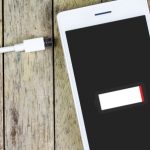Wireless charging tech harvests your phone’s wasted radio waves
When you think of wireless charging, you probably think of special charging pads for your phone. But what if your phone could partly charge itself? Radient Micro-Tech claims to have managed just that. It just received two patents for technology that reportedly captures energy from a device’s wasted radio waves (those that would merely dissipate in the air) for the sake of charging. While it’s not specific about how the technology works, it would harvest those RF waves through antennas built into your phone’s screen. Radient is claiming that you’d get up to 30 percent longer battery life, which could be enough to get you through a particularly active day.
It sounds too good to be true, and there are certainly reasons to be skeptical. There’s a working prototype (needed by the US patent office), but we’ve yet to see a practical demonstration — we’ve asked for one and will let you know if we get it. Also, Radient is planning to license the concept to device makers, rather than designing physical components it can sell. It’s easy to promise a revolutionary product if you’re not the one who has to mass-manufacture millions of units. If the reality comes anywhere close to the hype, though, the invention will either extend the battery life of phones or allow for smaller batteries without taking a hit to longevity.
(14)

